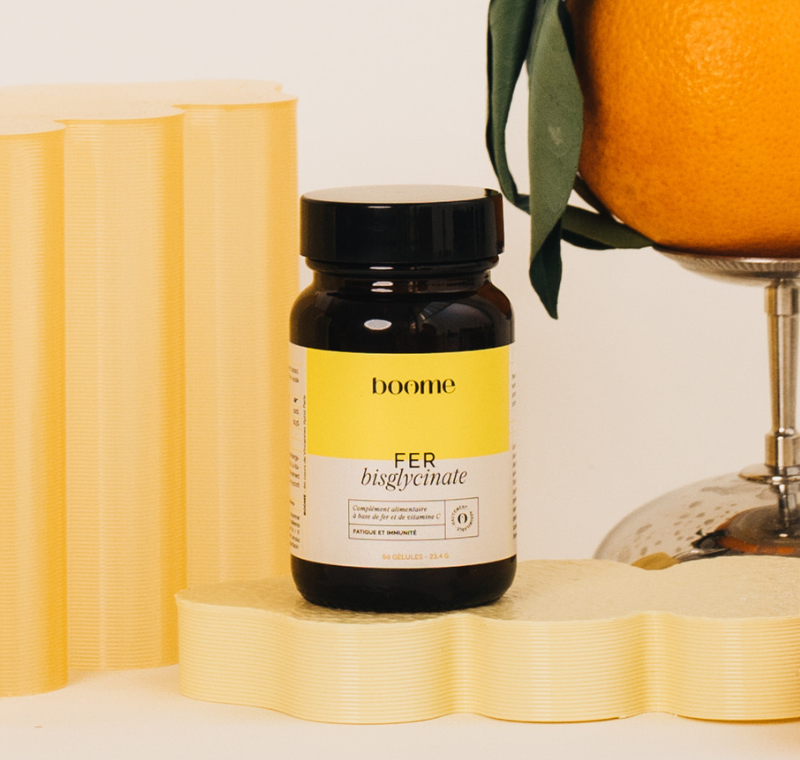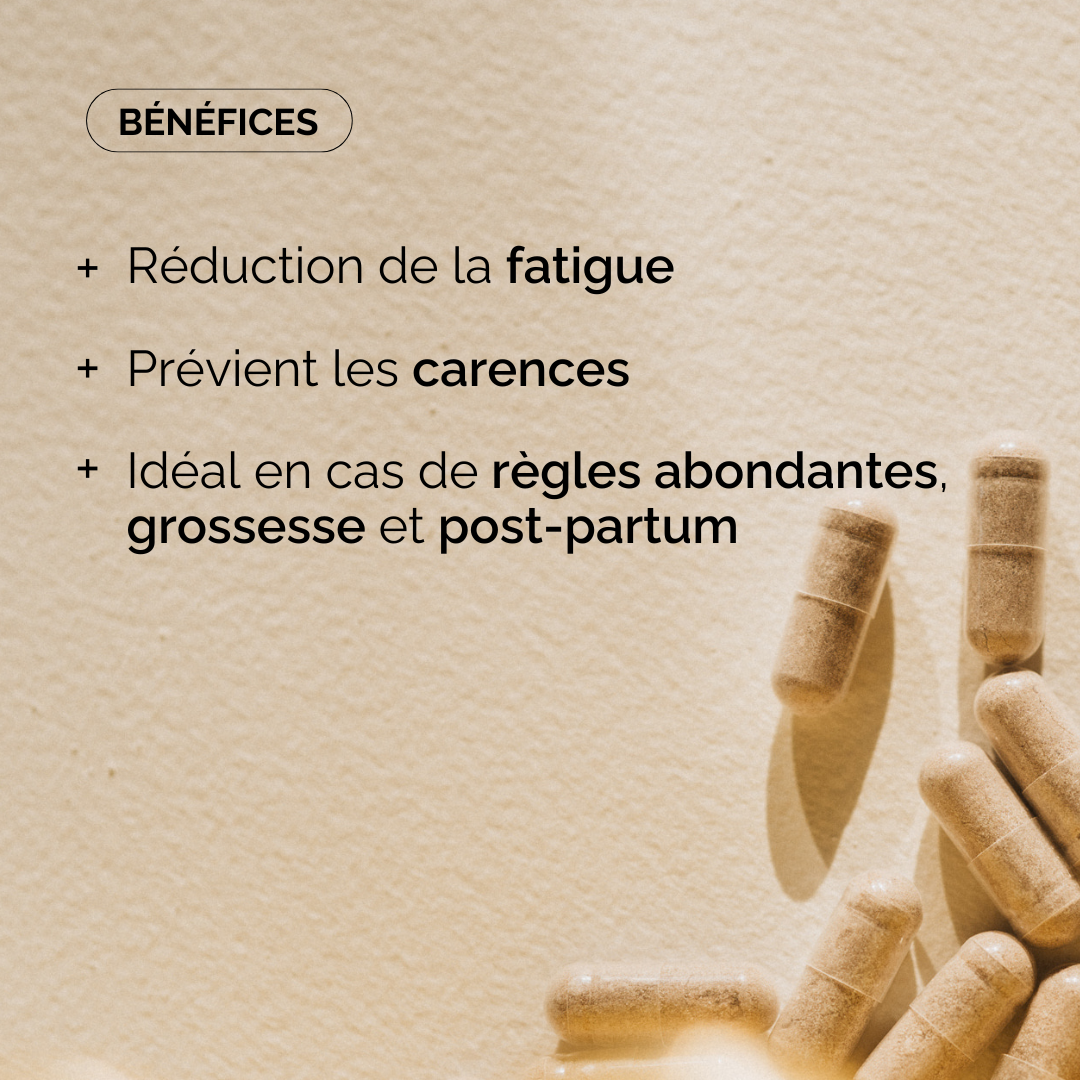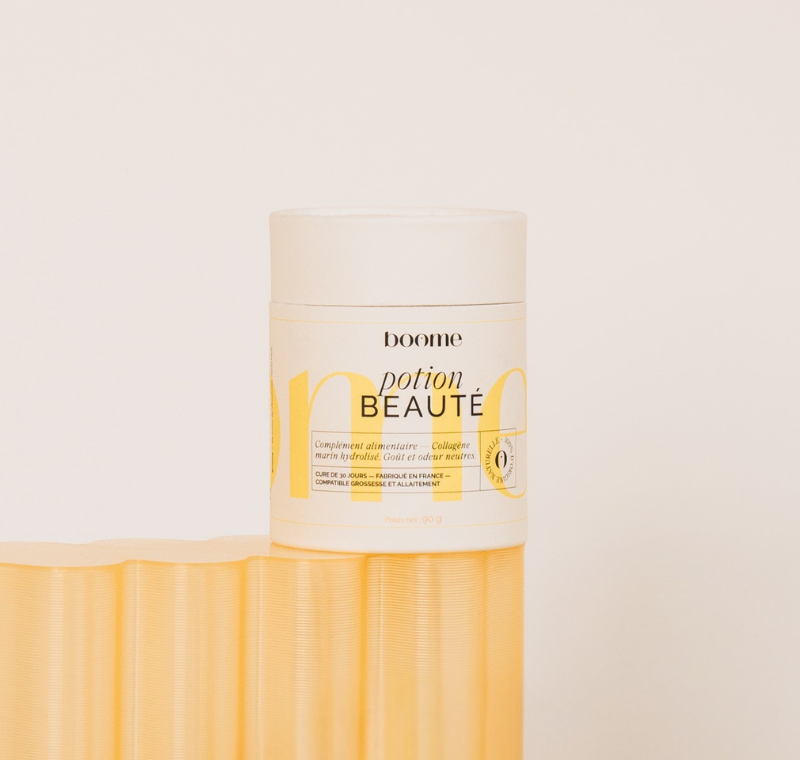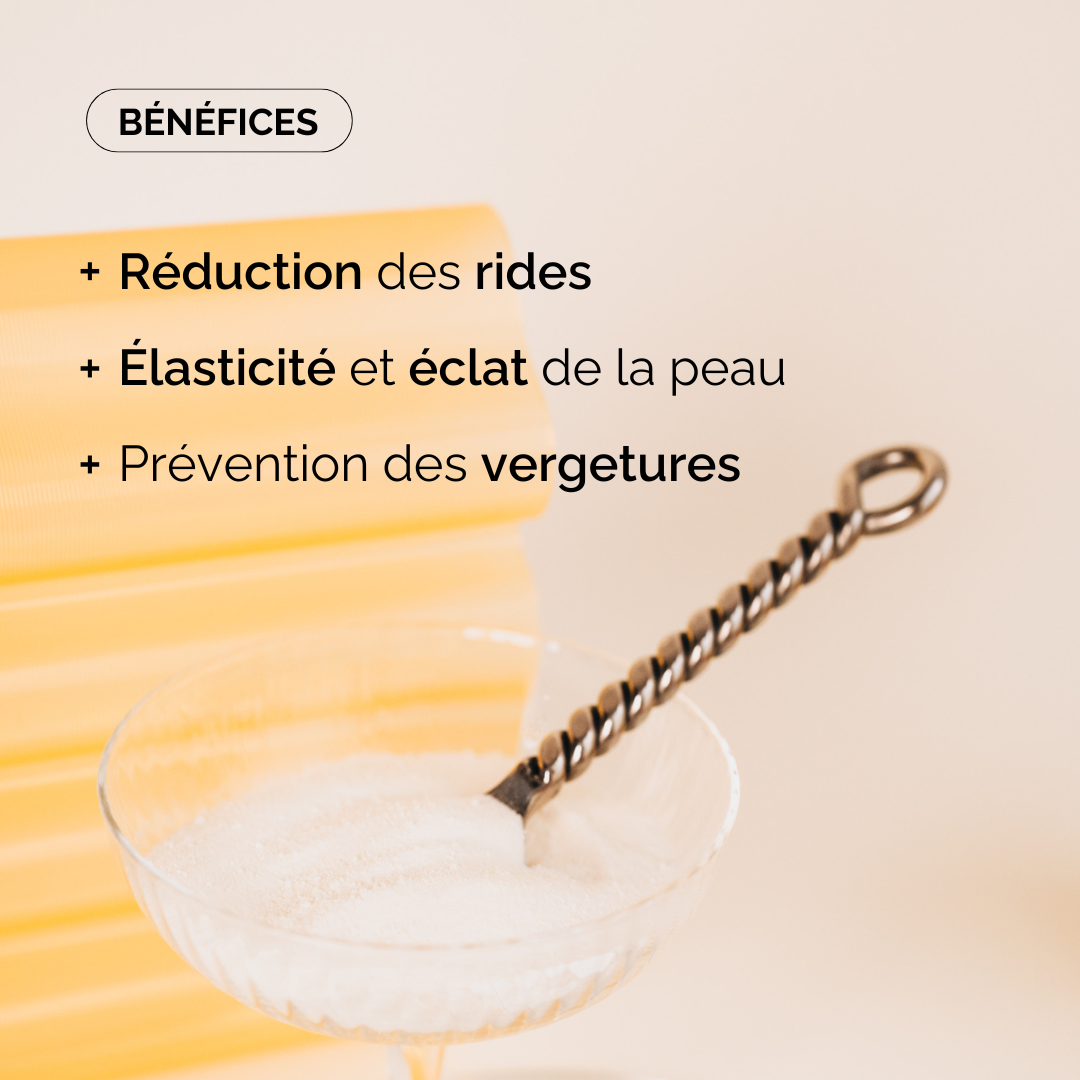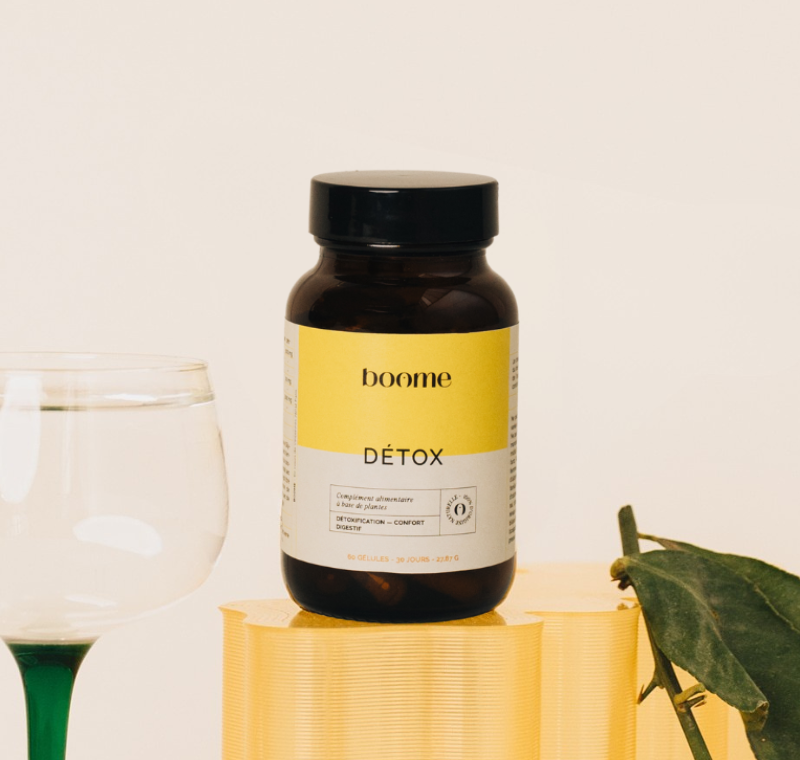
What if your menstrual cycle became an ally for your exercise practice... Rather than an obstacle? Because many women think that their periods limit their athletic performance. But the truth is that each phase of the cycle influences your energy, strength, and endurance. And all you need to do is understand these variations to adjust your training and optimize your results. So, are you ready to transform the way you move and harness your full potential as a sports girl ? Follow the guide!
The link between sport and the menstrual cycle: what are the preconceived ideas?
We often hear a lot of misconceptions about the link between athletic performance and the menstrual cycle. We'll break them down with you.
Does exercise affect the menstrual cycle?
We wouldn't have enough fingers to count the number of preconceived ideas circulating around the impact of sport on menstrual cycles! One of the most common? Intense physical activity can lead to an imbalance, or even an absence, of periods (known as "amenorrhea").
So, yes, this phenomenon can exist. But, nuance! It mainly concerns female athletes who practice at a high level, with extreme training and more or less significant calorie deficiency. However, for the vast majority of us, practicing a sport regularly and appropriately does not disrupt the menstrual cycle.
Let's go even further: from a scientific point of view, it would even be beneficial for us. Because, according to a study from the National Library of Medicine , physical activity helps regulate hormone levels, particularly estrogen and progesterone.
At the same time, research conducted by the National Institute of Sport confirms that physical exercises:
- improve blood circulation;
- reduce symptoms of premenstrual syndrome (PMS).
So, contrary to popular belief, getting moving regularly can actually:
- relieve menstrual cramps;
- boost energy levels;
- avoid a possible drop in morale (notably thanks to the release of endorphins).
Last but not least: physical exercise helps you better manage stress. Stress remains an important factor that can influence... the duration and intensity of menstrual flow!
Can your cycle impact your sports practice?
Yes, the menstrual cycle can impact athletic performance. Hormonal fluctuations in the female body can alter:
- the energy level;
- muscle recovery;
- the perception of effort.
But, these hormonal variations turn out to be very different during the different phases of the cycle:
- Follicular phase (first days of menstruation to ovulation): Estrogen hormone levels increase. The key: better endurance and faster recovery! This is a time when the body is more resistant to fatigue.
- Ovulation phase (around day 14 of the cycle) : During the ovulatory phase, there's a big spike in estrogen. This can give you a feeling of increased energy. However, some women also notice abdominal pain or mild discomfort, which makes it harder to exercise.
- Luteal phase (after ovulation until menstruation) : Progesterone production takes over. You feel more tired and recovery is slower after exercise. Some athletes may experience a decrease in motivation or reduced athletic performance.
In short, the menstrual cycle influences exercise, but it shouldn't be a hindrance. By understanding these variations, you can adapt your training to get the most out of it.
Spoiler alert: ovulation doesn't always occur on day 14. We explain why in our article How to Know if You're Ovulating !
How to train according to your menstrual cycle?
Adapting your training to your cycle's phases can help you feel better about your physical performance and prevent the risk of injury. Here's how you can organize your workout:
- Follicular phase : This is the time to engage in moderate physical activity (yoga, swimming, brisk walking) to ease menstrual pain. After this period, the body becomes more able to tolerate endurance and strength training.
- Ovulation phase : we're at our peak physical shape, yay! However, beware of injuries: they occur more often during this period due to the flexibility of ligaments under the influence of estrogen. In short, this is an excellent time to practice explosive, high-intensity workouts.
- Luteal phase : we opt instead for active recovery exercises, such as stretching or low-intensity sessions.
Again: beware of preconceived notions on the subject! Shall we give the anthill a little kick? Here we go.
Yes, training tailored to your cycle can improve your recovery and limit injuries. No, it's not recommended to exercise during your period... On the contrary, maintaining physical activity can relieve your menstrual pain and cramps.
Shall we continue? Yes, your period affects your perception of effort and your recovery. No, not all women necessarily experience a decrease in athletic performance during the luteal phase... These sensations vary from person to person.
In short, the most important thing is to know your cycle and listen to your body. This is how you can truly optimize your training and take advantage of your hormonal fluctuations for better performance!
Lost in your cycles? Our article How to Calculate Your Menstrual Cycle will help you find your way!
Sport and menstrual cycle: how to choose suitable sanitary protection?
Ah, here's a question millions of athletic women ask themselves... That of sanitary protection. How do you (correctly) choose them when you exercise? There are plenty of options, each with its own advantages and limitations. Depending on your activity and its intensity, you can opt for:
- Sanitary pads : These are easy to use and suitable for low-impact activities like yoga or walking. However, they can be uncomfortable if you sweat a lot or do intense movements.
- Tampons : They're more discreet and offer good protection. This makes them ideal for endurance sports and intense workouts! However, be warned : prolonged use can promote toxic shock syndrome (TSS). So, remember to change them regularly.
- Menstrual panties : These are comfortable and reusable, making them perfect for moderate exercise. However, they are less suitable for long-term activities that require high absorption.
- The menstrual cup : It's ideal for water sports and extended workouts, as it offers reliable protection without the risk of leakage. However, it does require some adjustment time to learn how to position it correctly.
So, how do you choose the right protection for your activity? Here's what we recommend based on your workout routine:
- If you do light activity (yoga, walking, Pilates), opt for menstrual pads or panties.
- If you do moderate exercise (fitness, dancing, cycling), choose tampons, menstrual cups or panties.
- If you're into intense exercise (running, swimming, contact sports), consider using a menstrual cup or tampons.
In any case, don't hesitate to try out several options! This will help you identify the solution best suited to your sporting activity.
How do sportswomen cope when they have their periods?
Managing your period as a high-level athlete remains an important issue. Both for comfort and performance! In fact, many athletes adopt different strategies to continue training without discomfort.
According to INSEP studies, we know that more than 50% of female athletes modify their training based on the phases of their cycle. Here are some strategies they use to limit the impact of menstrual pain and the risk of injury:
- Anticipate and track your cycle : Many athletes use mobile apps that track their menstrual cycle to predict fluctuations in their energy and adjust their workouts accordingly.
- Managing pain : Some athletes take anti-inflammatories or use natural techniques, such as massage, to relieve abdominal pain.
- Choose suitable protection : depending on their discipline, they favor practical solutions such as the menstrual cup, tampons or menstrual panties for maximum comfort.
- Opt for a healthy diet : They opt for a diet rich in iron and magnesium to help reduce fatigue and cramps. They also promote good hydration to limit water retention and bloating.
- Adapt training : In case of fatigue or pain, some athletes adjust their training load with sessions more focused on recovery and light muscle strengthening.
Are you lacking iron in your diet? Our iron supplement will give you a (good) boost!
In short, all these strategies allow athletes to continue performing while minimizing the impact of menstruation on their physical and mental condition. Each athlete therefore develops their own methods based on their needs and feelings!
In short, yes: the menstrual cycle influences athletic performance. However, it shouldn't be a hindrance! Because, by adapting your training to your hormonal fluctuations and adopting the right strategies, you can optimize your practice without limiting yourself. So, lace up your shoes and let's go!


